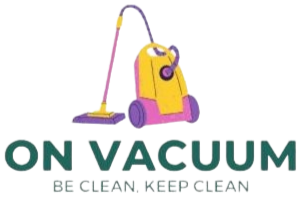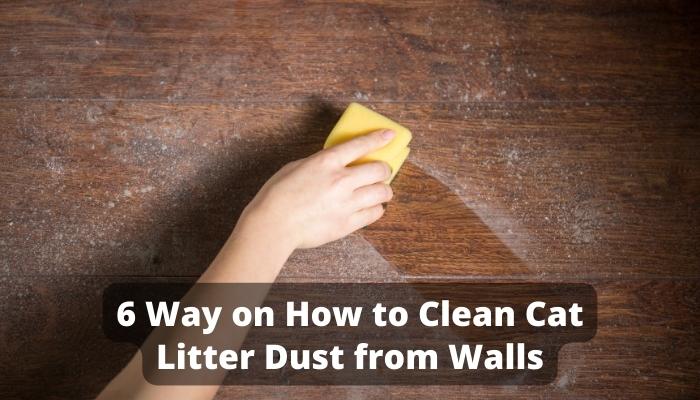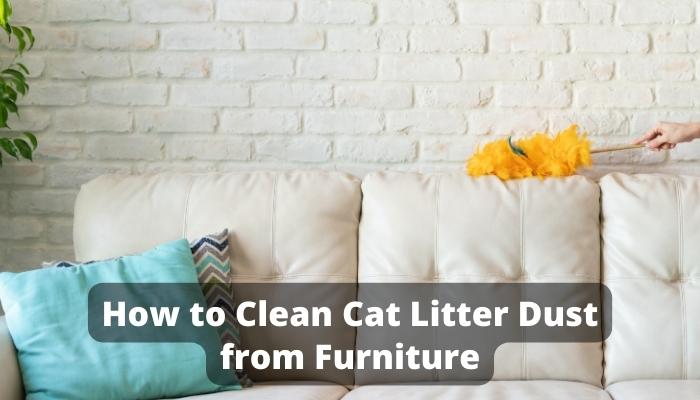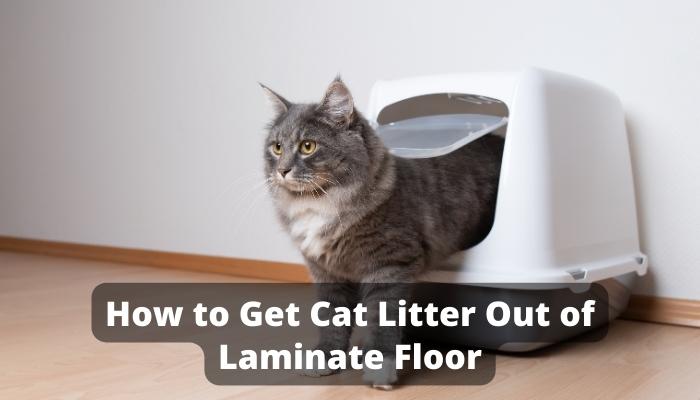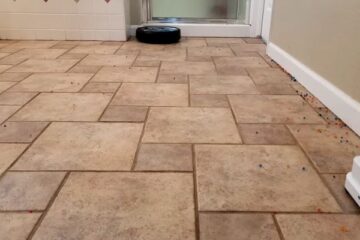Discover the most effective methods to clean cat litter dust from your walls. Keep your home pristine with our easy-to-follow steps!
Understanding Cat Litter Dust and Its Impact
Suppose you’ve ever cleaned your cat’s litter box and found a powdery residue settling around the area or on walls. In that case, you’ve encountered cat litter dust. But what exactly is it, and why does it seem to get everywhere?
What is Cat Litter Dust?
Cat litter dust is a fine, powdery substance produced when manufacturing clumping cat litter. Most clumping litters are made of bentonite clay, mined, dried, and processed. The processing of this clay leads to the creation of fine particles or ‘dust.’ Think of it as the residue left after sieving sand at the beach.
Why it Settles on Walls
Litter dust is lightweight and easily airborne. The dust becomes airborne when your feline friend digs around or buries their business. It gradually settles on surrounding surfaces, including walls. It’s like chalk dust fills the air when you clap erasers together – invisible in motion but eventually finds its resting place.
Essential Supplies for Cleaning Litter Dust
The good news is, cleaning litter dust isn’t a Herculean task. With the right products and techniques, you can ensure your home remains free of this unsightly residue.
Natural Cleaning Solutions
For those who prefer natural methods, a mixture of white vinegar and water in equal parts makes an excellent cleaning solution. Spray the mixture on the affected area and wipe with a soft cloth. This not only cleans but also neutralizes odors.
Commercial Cleaning Products
If DIY solutions don’t do the trick, several commercial products are designed to clean litter dust and related residues.
Advantages of Commercial Products: Commercial cleaners often contain enzymes that break down the organic matter in the litter, making it easier to clean and more effective in odor elimination.
Picking the Right Commercial Cleaner: When choosing a commercial cleaner, look for ones labeled as pet-safe. Some chemicals can be harmful if ingested; we all know how curious cats can be!
Pro Tips for Tackling Litter Dust
- Place a mat under the litter box. It traps most of the dust before it becomes airborne.
- Opt for high-sided litter boxes or covered ones. They contain dust better than open types.
The Health Concerns Around Cat Litter Dust
Cat litter dust isn’t just about cleanliness; it has health implications too.
Potential Health Risks for Humans
Inhaling dust, especially over prolonged periods, can lead to respiratory issues. People with asthma or allergies might experience exacerbated symptoms when exposed to excessive litter dust.
Potential Health Risks for Cats
Cats are more directly exposed to the dust. Constant inhalation can lead to respiratory problems, and the dust can also stick to their paws and fur, leading to ingestion during grooming.
Selecting Dust-Free Litter Options
Given the potential challenges of cat litter dust, many cat owners are turning to dust-free alternatives.
Benefits of Dust-Free Litters
- Cleaner home environment.
- Reduced health risks for both humans and cats.
- Less frequent cleaning is required.
Recommendations
Opt for brands that specify a 99% dust-free formula. Silica gel beads and recycled paper pellets are good alternatives to traditional clay litter.
Step-by-Step Process to Clean Litter Dust from Walls
Why Litter Dust Sticks to Walls Ever wondered why that pesky dust chooses your pristine walls to settle on? Litter dust, being lightweight, quickly becomes airborne. Walls, especially those near litter boxes, act as convenient surfaces for this floating dust to stick due to static electricity.
Essential Supplies for Cleaning Before embarking on the cleaning journey, arm yourself with the following:
- Soft cloths
- Warm water
- Mild detergent
- A soft-bristle brush
A Detailed Cleaning Routine
- First, ensure proper ventilation in the room.
- Dampen a cloth with warm water and wring it out.
- Wipe down the walls gently, working from top to bottom.
- For stubborn dust, use a mix of warm water and mild detergent.
- Use a soft-bristle brush for textured wallpapers or surfaces.
- Rinse with a clean cloth and let the walls air dry.
Preventing Litter Dust Build-Up
Choose Low-Dust Cat Litters Like a knight choosing the proper armour, picking the suitable litter makes all the difference. Low-dust cat litter, made from materials like wood or recycled paper, reduces the amount of airborne particles.
Adjusting Litter Box Placement Did you know that placing the litter box in a low-traffic, less drafty area can reduce the spread of litter dust? It’s like placing your picnic blanket away from the sandbox – it makes sense!
Daily Maintenance Tips
- Scoop litter daily.
- Avoid over-filling the litter box.
- Invest in a high-sided litter box to contain the digging and covering action.
Cleaning Frequency Just like you wouldn’t wait for rain to wash your car, don’t wait for visible dust build-up. Regular wiping keeps walls clean and reduces cleaning efforts.
Suitable Litter Alternatives Think outside the box (pun intended)! Consider biodegradable litters like corn or wheat, which produce less dust and are kinder to the environment.
The Role of Air Circulation Keeps Air Circulating. It’s like turning on a fan on a hot day. It distributes and prevents dust from settling. Consider air purifiers if you live in a smaller space.
The Benefits of Keeping a Litter Dust-Free Home
Health Advantages for Cats and Owners Fewer dust particles mean clearer airways and reduced allergens, which is a win-win for you and your feline buddy.
Enhancing Indoor Air Quality Cleaner walls contribute to a more hygienic environment. It’s akin to wearing freshly laundered clothes daily – it feels good!
Daily Maintenance Tips for a Dust-Free Home
Having a dust-free home is not only aesthetically pleasing, but it also benefits our health by reducing allergens. Here are some daily maintenance tips:
- Regular Dusting: Use microfiber cloths to trap and hold dust particles.
- Vacuum Often: A vacuum cleaner with a HEPA filter is the best at capturing minute dust particles.
- Keep Windows Closed: On windy days or when pollen counts are high, keeping windows closed can reduce dust.
- Declutter: The fewer items on surfaces, the fewer places for dust to settle.
- Change Bedding Weekly: This helps reduce dust mites and other allergens.
- Use Air Purifiers: These devices can help to filter out dust particles from the air.
Dealing with Persistent Stains or Marks
Persistent stains can be a homeowner’s nightmare. However, with the right approach, they can be managed:
- Identify the Stain: Know the origin of the stain, as different stains require different treatments.
- Spot Test: Always first test a cleaning product on a small hidden area.
- Blot, Don’t Rub: Rubbing can spread or push the stain more profoundly.
- Natural Cleaners: Items like baking soda, vinegar, and lemon can work wonders for specific stains.
- Seek Professional Help: If a stain refuses to budge, it may be time to call experts.
Importance of Regular Cleaning: Health Benefits
Cleaning isn’t just about maintaining a beautiful home; it’s also about health:
- Reduces Allergens: Regular cleaning minimizes the presence of allergens like pollen, pet dander, and dust mites.
- Prevents Mold Growth: Mold can have negative health implications, especially for those with respiratory issues.
- Minimizes Spread of Germs: Regular disinfection, especially in high-touch areas, can prevent the spread of illness.
- Improves Mental Health: A clean environment can reduce stress and improve mood.
Frequently Asked Questions about Cat Litter Dust
- Why is there so much dust in my cat litter? Cheap cat litter or those made from specific materials can generate more dust.
- Is cat litter dust harmful? Inhaling dust can irritate respiratory systems, and cat litter dust might pose issues for those with allergies.
- How can I reduce the dust? Choose a low-dust or dust-free brand. Ensure good ventilation in the litter area.
Reviewing Top Products for Cat Litter Dust Removal
When it comes to managing cat litter dust, there are some top products to consider:
- Dust-Free Litters: Brands like “Dr. Elsey’s” and “World’s Best” offer low-dust options.
- Air Purifiers: Units with HEPA filters can help reduce airborne dust near the litter box.
- Litter Mats: These mats catch dust and litter before your cat tracks it through the house.
Conclusion: Keeping Your Home Fresh and Clean
The journey to a clean home is ongoing, but it’s attainable with the proper practices and products. Whether dealing with general dust, persistent stains, or the specific challenge of cat litter dust, being proactive and consistent in your cleaning routine is vital. A fresh and clean home looks inviting and is a cornerstone of good health.
To read more visit the home page
